Australia’s skilled migration system has long been a magnet for global talent, but in 2025, it’s been significantly overhauled. The main driver? A widening labour shortage, particularly in critical sectors like healthcare, cybersecurity, and infrastructure. As the country bounces back post-pandemic and commits to massive regional development plans, there’s an urgent need to fill thousands of roles.
Why Has Australia Updated Its Skilled Occupation Lists in 2025?
An aging workforce, coupled with rapid expansion in regional Australia, has forced the government to rethink how it attracts and retains skilled migrants. That’s why Australia has introduced the revamped “Skills in Demand” program and refreshed its visa pathways, making it easier, faster, and more flexible for foreign workers to step in and help.
What Is the Core Skills Occupation List and Who Qualifies?
Enter the Core Skills Occupation List (CSOL)—Australia’s new master list of 456 high-demand roles. It replaces and improves upon the old Temporary Skill Shortage (TSS) and Medium and Long-term Strategic Skills List (MLTSSL). Unlike its predecessors, the CSOL is central to the new Skills in Demand (SID) visa framework, particularly the streamlined 482 visa.
This list includes a wide range of professions—trades, tech, healthcare, agriculture, and more. Whether you’re a nurse, welder, cybersecurity expert, or chef, if your occupation is listed under CSOL, you’re in a strong position to apply for a relevant visa. It’s Australia’s way of casting a wider net to bring in skilled individuals, even from non-traditional backgrounds.
Which Professions Are in High Demand Across Australia Right Now?
So, what’s hot on the job front? Healthcare remains a priority, with roles like registered nurses, aged-care managers, physiotherapists, and mental health specialists topping the charts. In cybersecurity and IT, Australia wants everyone from ethical hackers to data scientists and software engineers.
Construction is also booming. There’s a strong demand for electricians, plumbers, bricklayers, civil engineers, and project managers, driven by major infrastructure works across states. Meanwhile, regional areas are on the lookout for chefs, farm managers, heavy machinery operators, and hospitality workers to support their growth.
What Visa Pathways Are Available for These In-Demand Jobs?
Australia offers a range of visa options depending on your background and where you plan to work. The most prominent one is the newly restructured subclass 482 (Skills in Demand) visa, now tailored to applicants on the CSOL. If an employer sponsors you, it’s fast-tracked and leads to permanent residency in just two years.
Also Read: Are You Eligible for Australia’s New Innovation Visa in South Australia?
Other key options include:
- Subclass 189 (Skilled Independent Visa) – for highly skilled individuals without employer sponsorship.
- Subclass 190 (State Nominated Visa) – for applicants nominated by an Australian state or territory.
- Subclass 491 and 494 (Regional Visas) – designed for workers willing to settle and work in regional Australia, often with quicker processing and added benefits.
Do You Need a Degree or Can Experience Alone Be Enough?
One of the most encouraging changes in 2025 is the increased flexibility around qualifications. While degrees are still valued, they’re no longer mandatory for many trades and skilled roles. If you’ve got at least three years of relevant work experience—even if it’s part-time or casual—you might still qualify for a work visa.
Tradespeople, hospitality professionals, and even IT specialists are benefiting from this relaxed requirement, especially when their practical skills are in short supply. This shift gives experienced workers a realistic pathway to live and work in Australia without jumping through unnecessary academic hoops.
How Has the Work Visa Process Been Made Easier in 2025?
The 2025 reforms have made the process faster, more digital, and less bureaucratic. First, the wait time for permanent residency through the employer-sponsored route (186) has been cut from three years to two. Second, the definition of ‘relevant work experience’ now includes part-time and casual roles, making it easier to meet eligibility thresholds.
Employer sponsorships are also more streamlined, especially for regional employers using the 494 or 491 routes. The new systems are designed to reduce delays, cut red tape, and prioritize applications from people filling critical skill gaps.
What Should You Do Next If Your Job Is on the List?
If your profession is on the CSOL, now is the time to act. Start by checking your occupation’s exact requirements, then prepare your credentials—proof of work experience, qualifications, references, and English test results.
You should also explore employer sponsorships or apply through a state nomination program if available. Getting help from a migration consultant or checking the Department of Home Affairs website can also keep you on track.





